Related Research Articles

Cathal Brugha was an Irish republican politician who served as Minister for Defence from 1919 to 1922, Ceann Comhairle of Dáil Éireann in January 1919, the first president of Dáil Éireann from January 1919 to April 1919 and Chief of Staff of the Irish Republican Army from 1917 to 1918. He served as a Teachta Dála (TD) from 1918 to 1922.

The Irish Volunteers, also known as the Irish Volunteer Force or the Irish Volunteer Army, was a paramilitary organisation established in 1913 by nationalists and republicans in Ireland. It was ostensibly formed in response to the formation of its Irish unionist/loyalist counterpart the Ulster Volunteers in 1912, and its declared primary aim was "to secure and maintain the rights and liberties common to the whole people of Ireland". Its ranks included members of the Conradh na Gaeilge, Ancient Order of Hibernians, Sinn Féin and the Irish Republican Brotherhood. Increasing rapidly to a strength of nearly 200,000 by mid-1914, it split in September of that year over John Redmond's support for the British war effort during World War I, with the smaller group opposed to Redmond's decision retaining the name "Irish Volunteers".

The Irish Republican Brotherhood was a secret oath-bound fraternal organisation dedicated to the establishment of an "independent democratic republic" in Ireland between 1858 and 1924. Its counterpart in the United States of America was initially the Fenian Brotherhood, but from the 1870s it was Clan na Gael. The members of both wings of the movement are often referred to as "Fenians". The IRB played an important role in the history of Ireland, as the chief advocate of republicanism during the campaign for Ireland's independence from the United Kingdom, successor to movements such as the United Irishmen of the 1790s and the Young Irelanders of the 1840s.

Thomas James Clarke was an Irish republican and a leader of the Irish Republican Brotherhood. Clarke was arguably the person most responsible for the 1916 Easter Rising. A proponent of armed struggle against British rule in Ireland for most of his life, Clarke spent 15 years in English prisons prior to his role in the Easter Rising, and was executed by firing squad after it was defeated.
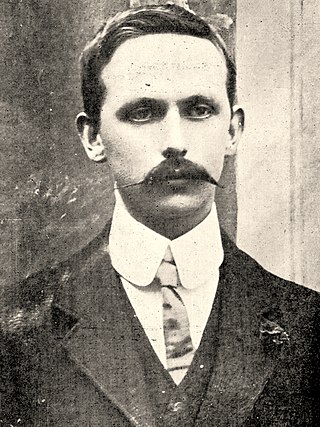
Éamonn Ceannt, born Edward Thomas Kent, was an Irish republican, mostly known for his role in the Easter Rising of 1916.
Events from the year 1936 in Ireland.
Events from the year 1922 in Ireland.
Events from the year 1916 in Ireland.
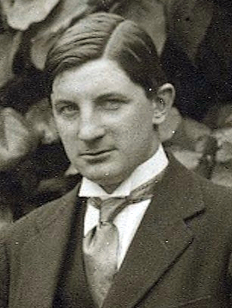
Diarmuid O'Hegarty was an Irish revolutionary and civil servant. He was a member of the Irish Volunteer executive, IRA Director of Communications and Director of Organisation. O’Hegarty was an extremely self-effacing man whom Frank Pakenham called the "civil servant of the revolution".
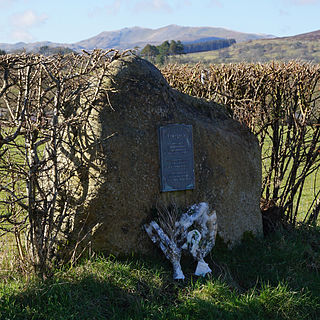
Frongoch internment camp at Frongoch in Merionethshire, Wales was a makeshift place of imprisonment during the First World War and the 1916 Easter Rising.
James Gogarty (1890–1921), was an Irish political figure. He took part in the Easter Rising in 1916; and was the first known Irish Republican Brotherhood (IRB) casualty of the Irish War of Independence.

Gearóid O'Sullivan was an Irish teacher, Irish language scholar, army officer, barrister and Sinn Féin and Fine Gael politician.
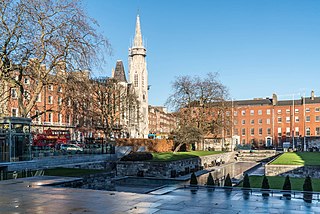
Parnell Square is a Georgian square sited at the northern end of O'Connell Street in the city of Dublin, Ireland. It is in the city's D01 postal district.

The Faber Book of Irish Verse was a poetry anthology edited by John Montague and first published in 1974 by Faber and Faber. Recognised as an important collection, it has been described as 'the only general anthology of Irish verse in the past 30 years that has a claim to be a work of art in itself ... still the freshest introduction to the full range of Irish poetry'. According to Montague, "I'm dealing with a thousand years of Irish verse in under four hundred pages. I needed a thousand pages.'
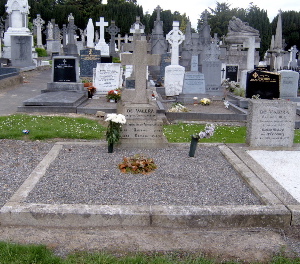
This is a list of notable people buried in Glasnevin Cemetery.
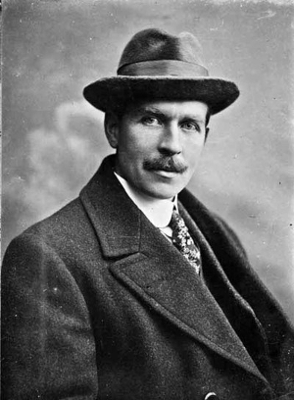
Jeremiah Christopher Lynch was an Irish revolutionary from County Cork who was a member of the Irish Republican Brotherhood and became a Sinn Féin TD in the First Dáil. A skilled organiser, he was prominent in Irish American organisations in the United States, where he spent many years.
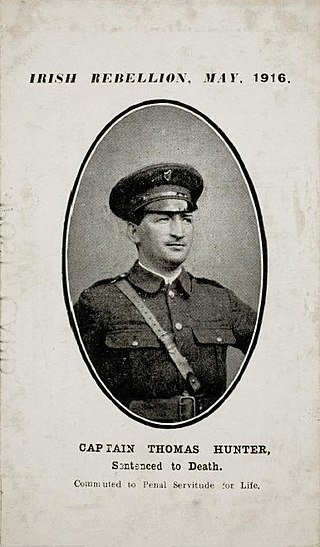
Thomas Cornelius Hunter was a militant Irish republican. He was a member of the Irish Republican Brotherhood (IRB), Sinn Féin, the Irish Volunteers, was twice elected to the Irish parliament, Dáil Éireann, and fought against the forces of the Irish Free State as a member of the Irish Republican Army during the Irish Civil War. While not widely known today, he was present at or directly involved in several major incidents during the struggle for Irish independence from the United Kingdom of Great Britain and Ireland.
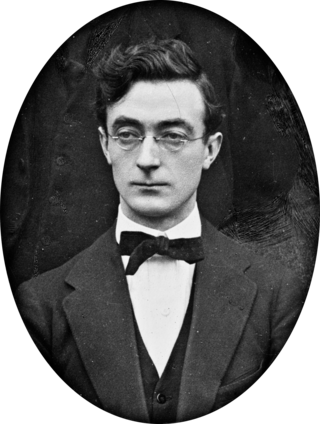
Seán McGarry was a 20th-century Irish nationalist and politician. A longtime senior member of the Irish Republican Brotherhood (IRB), he served as its president from May 1917 until May 1918 when he was one of a number of nationalist leaders arrested for his alleged involvement in the so-called German Plot.
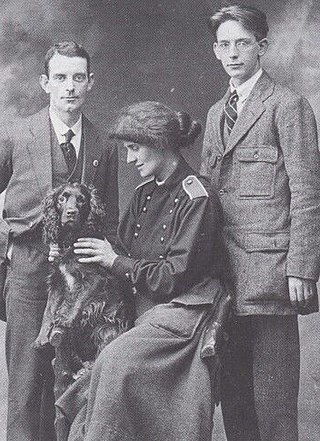
Theobald Wolfe Tone FitzGerald was an Irish army officer and painter. He is recognised for his role in painting the Irish Republic flag that flew over the General Post Office during the Easter Rising 1916. The flag was kept as a trophy by the British Army until it was returned to Ireland during the 1966 commemorations. He was the brother in-law of Lieutenant Michael Malone, who was killed in action at the Battle of Mount Street Bridge during the 1916 Rising, Seán Mac Mahon, the former General Chief of Staff, and the politician Dan Breen.
References
- ↑ Mulraney, Frances (28 August 2015). "Irish nationalist who escaped Australian prison lies in unmarked Chicago grave". Irish Central.
- ↑ Vickroy, Donna (15 September 2015). "After 114 years, forgotten no longer". Chicago Tribune.
- ↑ Yeates, Padraig; McNamara, Conor (23 May 2014). "Michael Collins's 'secret service unit' in the trade union movement". History Ireland.
- ↑ "Michael McHugh". History Ireland. 19 February 2016.
- ↑ "William Butler Yeats". Cork Multitext Project. Archived from the original on 2 July 2007. Retrieved 15 July 2007.